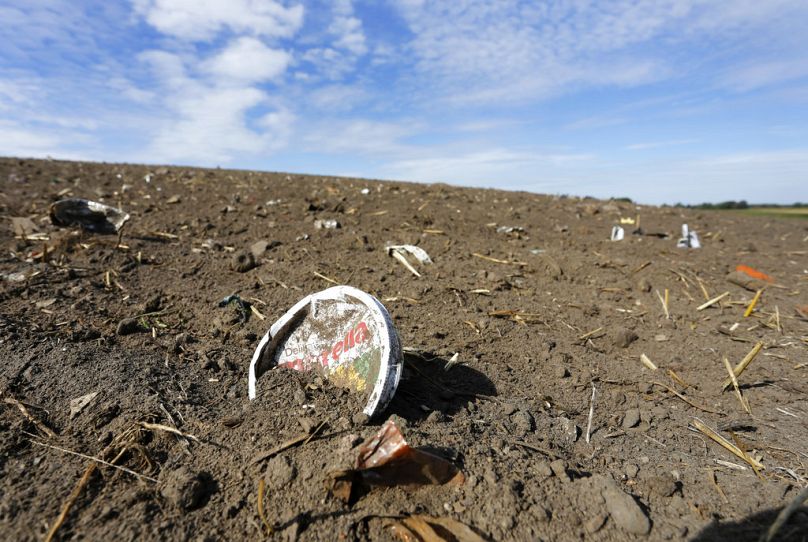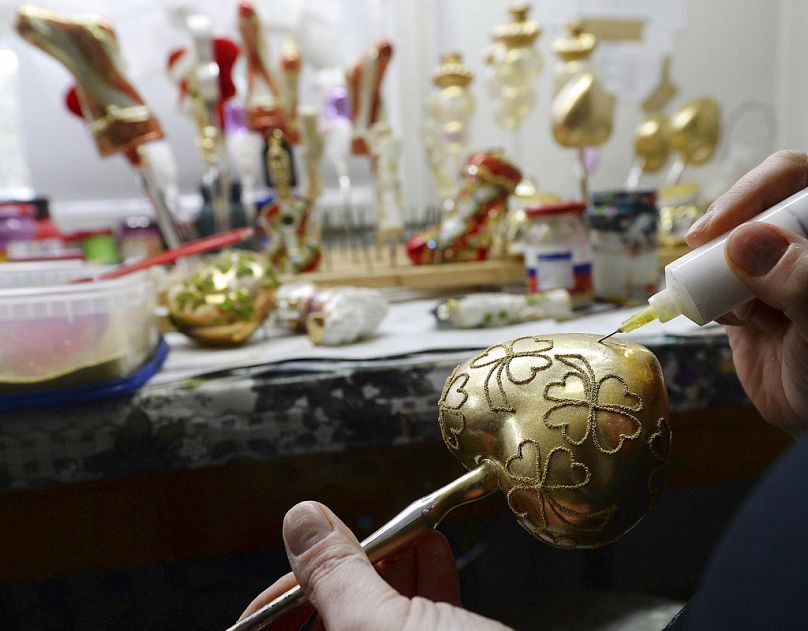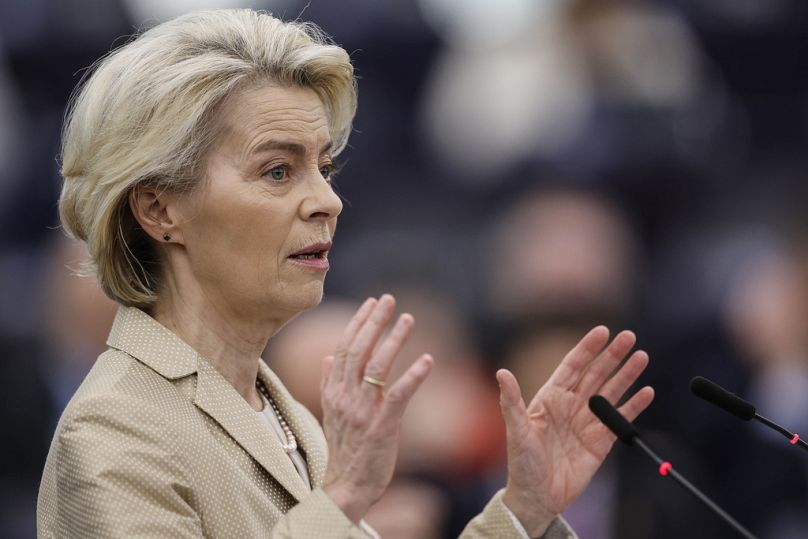Alarmingly, EU officials are bending over backwards to accommodate industry demands — with the real risk that what was once considered a sweeping ban will be gnawed away by caveats and exemptions, Hélène Duguy writes.
The EU defied expectations when it finally adopted an ambitious sweeping ban on intentionally added microplastics — a real win for tackling plastic pollution at source.
But just months after its adoption, this ambition is threatened by behind-closed-doors tinkering of the legislation.
Microplastic pollution is out of control. These tiny plastic particles have been found everywhere scientists have looked, most recently in every human placenta tested in a study.
Measuring less — and often significantly less — than five millimetres across, they are extremely persistent, which means it is almost impossible to remove them from the environment where they accumulate.
We need further research to know the exact health impacts of microplastics, but all this plastic in our environment and bodies surely can’t be a good sign.
In fact, microplastics have been shown to cause damage to human cells in the laboratory and a recent study found a substantially higher risk of strokes and heart attacks in people whose blood vessels were contaminated with microplastics.
Like air pollution, the tiny plastic particles could lodge in tissue and cause inflammation — the source of myriad issues for the human body.
Underestimating the grit of microplastics and their producers
There is an undeniable need to address this pollution and last year, the European Union responded.
It put in place a sweeping ban, targeting all microplastics that are intentionally added into products — like little exfoliation beads in cosmetic products or the granular infill used in synthetic sports fields.
The ban is broad in its scope, and crucially, the majority of the microplastics targeted by the ban are not critical to the functioning of the product in question.
Generally, alternatives are available and ready for upscaling. And that’s not just optimistic rhetoric from environmental organisations — cosmetic brands have also made that clear. In short, it is pollution that can and must be avoided.
After years of negotiations, the ban finally entered into force in October 2023. This should have been the end of the story.
But that would underestimate the grit of some industry players, determined to do away with legislation that was developed through the democratic and scientific process.
Just a few months after its entry into force, some industry players are challenging the scope of the ban.
And alarmingly, the European Commission seems to be all too ready to cede ground. Officials are bending over backwards to accommodate industry demands — with the real risk that what was once considered a sweeping ban will be gnawed away by caveats and exemptions.
The case of the 'ban on glitter'
A worrying example of that came a few weeks ago after a company that produces glittery Christmas decorations mounted a legal challenge against the Commission.
Glitter is essentially tiny pieces of plastic, which were banned under this new legislation. This led various media outlets to report on the EU’s "glitter ban".
A European Commission spokesperson even confirmed that the ban applied to ”glazed decorative objects such as Christmas decorations or party hats, whose glitter comes off during normal use."
But the Commission now seems to be rowing back on its commitment. It has quietly updated its website to exempt most uses of glitter from the microplastics restriction.
Behind closed doors, the Commission is now working on guidance to further "clarify" — and potentially narrow — the scope of the restriction.
Guidance is by nature non-binding, but in practice very much relied upon by stakeholders and enforcement authorities to interpret EU law.
While there’s nothing wrong with clarifying legislation, there is a legitimate worry that the glitter incident could be repeated and derail the entire point of the ban — namely, avoiding the use of microplastics in the first place.
What is with all the closed-door meetings?
Another point of concern is that this retroactive tinkering excludes the civil society representatives who provided expertise throughout the process leading to the adoption of the restriction.
European Commission officials have lately picked up the nasty habit of holding closed-door events with the chemicals and plastics industry.
In an event at BASF’s chemicals plant in Antwerp last month, industry titans from Europe’s most polluting corporations met up with Ursula von der Leyen to seal an industrial deal.
Civil society groups and local communities were conspicuously excluded from the talks. It is unlikely health will take priority when the foxes are running the henhouse.
The fear is that behind-the-scenes negotiations would erode the microplastics ban even more, rendering it, in effect, meaningless.
But it doesn’t have to be that way. Stakeholder representatives, including civil society, were included in the creation of guidance following the adoption of the Single-Use Plastics Directive and they should be similarly consulted for microplastics.
Sticking to one's word
And beyond microplastics, the future of other legislation aimed at stemming pollution is at risk.
The European Commission pledged to address the most harmful chemicals by group, and, without evidence of their safety, restrict them as broadly as possible.
But, when the EU adopts a much-needed ban on PFAS or bisphenols, two highly harmful groups, will the ban be similarly "clarified” via untransparent processes after its adoption too?
In the end, there is only one logical way forward for the Commission: it needs to stick to what was agreed by EU institutions and member states on microplastics.
Hélène Duguy is Law and Policy Advisor at ClientEarth, on behalf of the Rethink Plastic Alliance.
At Euronews, we believe all views matter. Contact us at view@euronews.com to send pitches or submissions and be part of the conversation.














